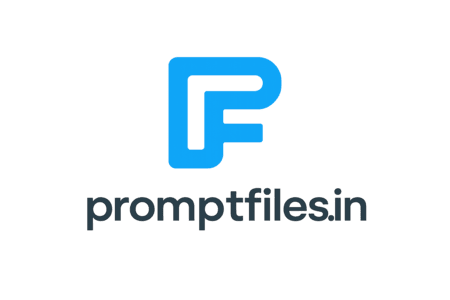Effective Prompt Engineering and LLM Safety
In the age of AI and Large Language Models (LLMs), understanding how to effectively communicate with these systems while maintaining security has become a crucial skill. Let's explore the fundamentals of prompt engineering and best practices for safe interaction with AI models.
What is a Prompt?
A prompt is more than just a question or instruction—it's the interface between human intent and AI capability. Think of it as a programming language for AI communication, where precision and context matter significantly.
Why Prompts Matter
- Quality of Output: The difference between a mediocre and excellent response often lies in the prompt's quality
- Efficiency: Well-crafted prompts save time and computational resources
- Consistency: Good prompts help maintain reliable and reproducible results
- Safety: Proper prompting helps prevent unintended information disclosure
Core Prompt Engineering Principles
1. Be Specific and Clear
❌ Bad: "Write about cars"
✅ Good: "Explain the key differences between electric and hybrid vehicles, focusing on environmental impact and maintenance costs"
2. Provide Context
- Include relevant background information
- Specify the intended audience
- Define the desired format or structure
- Set clear boundaries and limitations
3. Use System and User Roles
System: You are an experienced technical documentation writer
User: Explain OAuth 2.0 to a junior developer
4. Iterate and Refine
- Start with a basic prompt
- Analyze the response
- Adjust based on results
- Document successful patterns
Protecting Sensitive Information
Understanding the Risks
LLMs can inadvertently memorize and potentially expose sensitive information. Here's how to prevent this:
-
Never Include PII (Personally Identifiable Information)
- Names
- Addresses
- Phone numbers
- Email addresses
- Social Security numbers
- Financial information
-
Sanitize Your Data
❌ Bad: "Debug this code for user john.doe@company.com" ✅ Good: "Debug this code for [REDACTED_EMAIL]" -
Use Placeholder Data
- Replace real names with generic identifiers
- Use example.com for domains
- Use placeholder phone numbers (555-0123)
Data Protection Strategies
-
Pre-processing
- Implement automated PII detection
- Use data masking techniques
- Create standardized placeholder formats
-
Regular Auditing
- Review prompt history
- Check for accidental PII inclusion
- Document any security incidents
-
Access Control
- Limit who can interact with LLMs
- Implement role-based access
- Monitor usage patterns
Implementation Template
When creating safe prompts, follow this structure:
# Template for Safe Prompts
1. Purpose: [Clear objective]
2. Context: [Sanitized background information]
3. Constraints: [Security and privacy requirements]
4. Expected Output: [Desired format and content]
Example:
Purpose: Generate a customer service response template
Context: Handling a product return request
Constraints: No customer details, generic response format
Expected Output: A polite, professional response template with placeholders
Key Takeaways
- Specificity Matters: Clear, specific prompts produce better results than vague requests
- Context is Critical: Providing relevant background information improves AI understanding
- Security First: Never include PII or sensitive data in prompts—always sanitize
- Iteration Improves Results: Start broad, then refine based on feedback
- Structure Helps: Well-organized prompts with clear sections lead to better outcomes
Conclusion
Effective prompt engineering is a balance between getting the best results from AI models and maintaining security. By following these guidelines, you can create more effective prompts, protect sensitive information, maintain consistency in AI interactions, and build safer AI-powered applications.
Remember: The goal is to harness AI's capabilities while maintaining robust security practices. Always err on the side of caution when dealing with potentially sensitive information.
